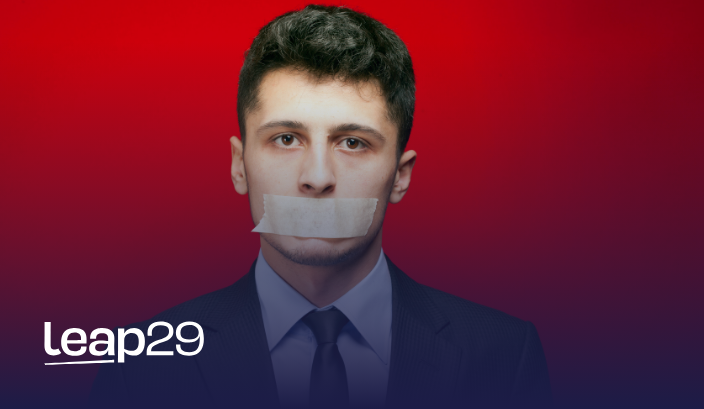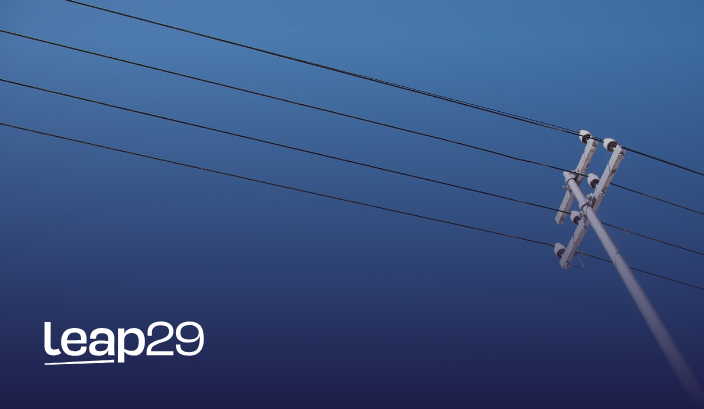Human beings don’t communicate with ‘just words’
We use body language and tone. The ‘right words’ can turn into insult depending on the body language and vocal tone used! Part one of our interview special feature looks at body language giving advice on how to successfully manage your body language throughout the interview. See below to find out more!
1. Make Every Second Count
You never get a second chance to make a first impression. Make sure, that along with all your interview research, you spend some time working on your body language. Interviews only allow you a short time to get your message across. By your smart appearance and using body language, you can make sure you start as soon as you walk through the door.
2. The Handshake
‘Firm but friendly’ is the best way. Nobody likes a limp ‘wet fish’ handshake, which can suggest a weak character. However, also avoid taking off the interviewer’s hand at the wrist.
3. The Eyes
Eye contact is vital, but be careful not to overdo it – you don’t want to stare down your potential boss! Imagine there is a triangle on the other person’s forehead. By keeping your gaze directed at this area, you create a serious atmosphere and the other person senses that you are listening.
4. The Mouth
Smile – most of us can manage a smile. It helps you relax and it makes you appear personable and approachable. It shows a lack of fear. After all it’s an interview, not a trial.
5. Posture
Do not slouch and tip the back on the chair. Remember to sit up as it makes you look attentive, while leaning forward slightly makes you look as if you are taking an active interest. Avoid crossing your arms or legs as this creates a defensive barrier.
6. Gestures
Your physical gestures should be open and expansive – you want to try and involve the interviewer in what you are saying. Keep palms up and open to suggest honesty and avoid pointing or banging fists on the table to emphasize a point, it’s too aggressive. Try to copy some of the interviewer’s gestures. Copying, or mirroring, is a way for us to subconsciously tell others that we are on their ‘wavelength’.
7. Read the Signs
Don’t forget an interview is a two-way process. Remember to read your interviewer’s body language. As you launch into your well-rehearsed speech on ‘How I Would Motivate Staff’, beware if the interviewer folds their arms. You may have said something with which the other person disagrees, so it may be pointless continuing your line of argument, even if the other person me be verbally agreeing with you.





